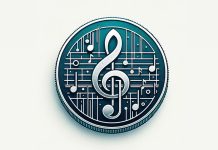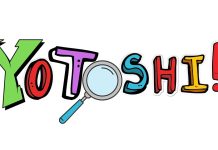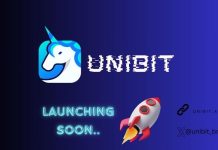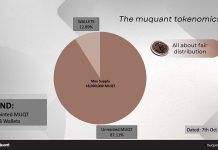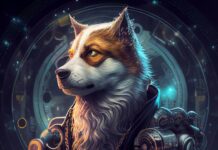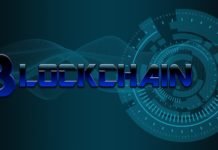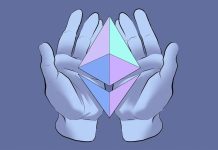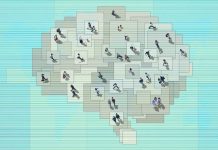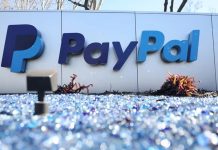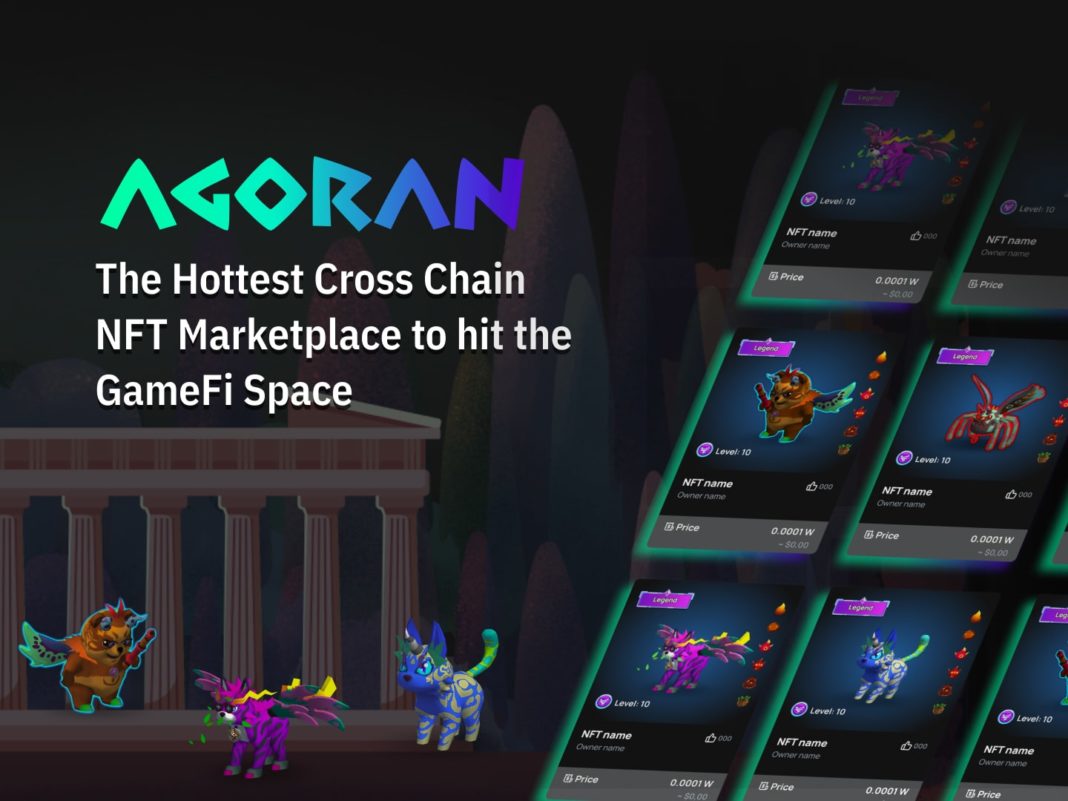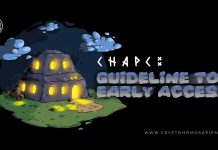Price drops, regulatory crackdowns and geopolitical concerns have made 2022 a challenging year for the crypto markets. The recent recovery in prices is welcome, and a sign that crypto is resilient in the face of these headwinds.
One corner has shown particular resilience: non-fungible tokens (NFTs). According to recent research by DappRadar, in January 2022 there were $5.3 billion in NFT trades, excluding LooksRare’s $10.7 billion in sales volume. At the same time, the top 100 NFT collections were valued at $14.8 billion – only 15% less than in November, despite the 50% drop in ETH’s price over the same period. In February, the value of NFT trades had doubled to $10.6 billion.
This resilience has arisen despite a key flaw of the overall NFT space. Some 90% of all NFTs are created on one chain – Ethereum – and are priced in ETH. This is not ideal, not least because of the high gas fees that are associated with ETH, which eat into the NFTs’ returns, but also because it restricts their trading to just the one chain.
A key development is underway that will allow NFTs to be traded across networks. Supporting multiple chains means that buyers and sellers do not have to switch back and forth between different marketplaces to use different chains. Moreover, they will be able to mint their own NFTs using any crypto currency, even those that are non-native to the chain.
One such cross chain NFT marketplace is Agoran, which has been developed by Iron Sail, a collective effort aimed at contributing to the development of the blockchain gaming space and powered by KardiaChain, a major layer 1 interoperable blockchain based in Vietnam. Agoran competes with OpenSea, Solanaart, LooksRare and all other NFT marketplaces, but with one key difference: It can support multiple chains, which is something that the major marketplaces don’t currently offer. (OpenSea does support the Polygon and Klaytn Networks, however, around 90% of its NFT collections are built on ETH.)
Agoran’s NFT marketplace focuses on the GameFi sector because it has several innovations that set itself apart from other gaming NFT marketplaces. One of those innovations is that Agoran offers the ability to trade NFT items from different games. For example, the No. 1 blockchain game, Axie Infinity, only allows its NFT assets to be traded on their own marketplace. Thus, Axie users are restricted to trading only on its marketplace. This is where Agoran is different.
Agoran will allow multiple games to list and sell their NFT assets. For example, MyDeFiPet, a game in the Iron Sail metaverse, would not be limited to just their own marketplace, but also on Agoran’s marketplace. This means that MyDefiPet’s users will now have access to more customers, through Agoran’s marketplace.
How does Agoran achieve this? Since rendering 3D game NFT like characters and assets is specific per game and non-standard, Agoran has been working closely with multiple game studios to develop a standard protocol where 3D NFT assets can be rendered consistently both in-game, externally and across games. That allows 3D NFT assets to be displayed in 3D on the NFT marketplace, enabling a much improved viewing experience for potential buyers.
Thirdly, most NFT gaming marketplaces don’t allow sellers to list their assets on other NFT marketplaces. Axie’s marketplace requires sellers to commit to only their own marketplace. Agoran does not have this restriction. NFT game sellers can list on Agoran while openly listing on other marketplaces as well, allowing for greater freedom that other NFT gaming marketplaces don’t allow.
Multichain NFT marketplaces are key to the development of the wider NFT space, as they increase interoperability. This makes them more sustainable by reducing the concentration risks inherent in having everything running on just one chain.
KardiaChain has developed this interchain operability by following an approach described as “integration without assimilation.” This focuses on simplicity and ease of use from the standpoint of both the end user and the NFT developer. The KardiaChain team has developed a noninvasive solution, called Dual master node (or Dual node for short) that facilitates interchain operations among both existing and upcoming blockchain platforms.
Iron Sail’s goal is to move towards an open metaverse – a future where everyone and everything is connected together in both online and offline experiences. It also aims to make blockchain project development more accessible and sustainable while minimizing risks for investors.
While this is a wider application than just NFTs, cross-chain NFT marketplaces are an important piece of the puzzle. The rise of GameFi is predicated on the value that people assign to their NFTs. The value of NFTs also underpins their growing adoption by mainstream corporations as they move into crypto, especially in sectors such as art, music and luxury goods. One of the pillars of value is liquidity and ease of trading. Allowing NFTs to be traded across multiple chains multiplies their liquidity and ultimately multiplies their value. It also reinforces the resilience of the wider crypto market. And in this time of turmoil, we should be doing everything we can to strengthen the crypto markets.

